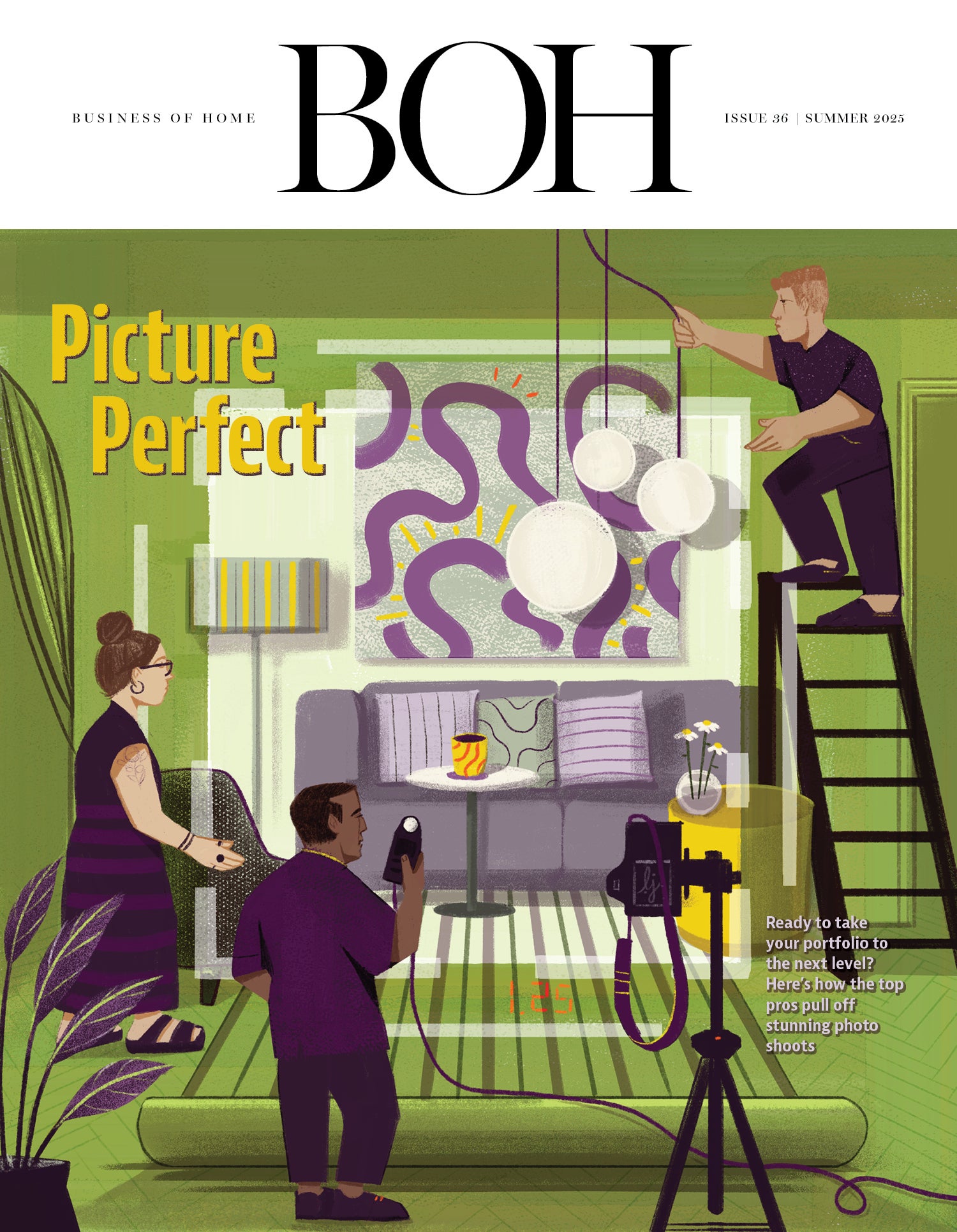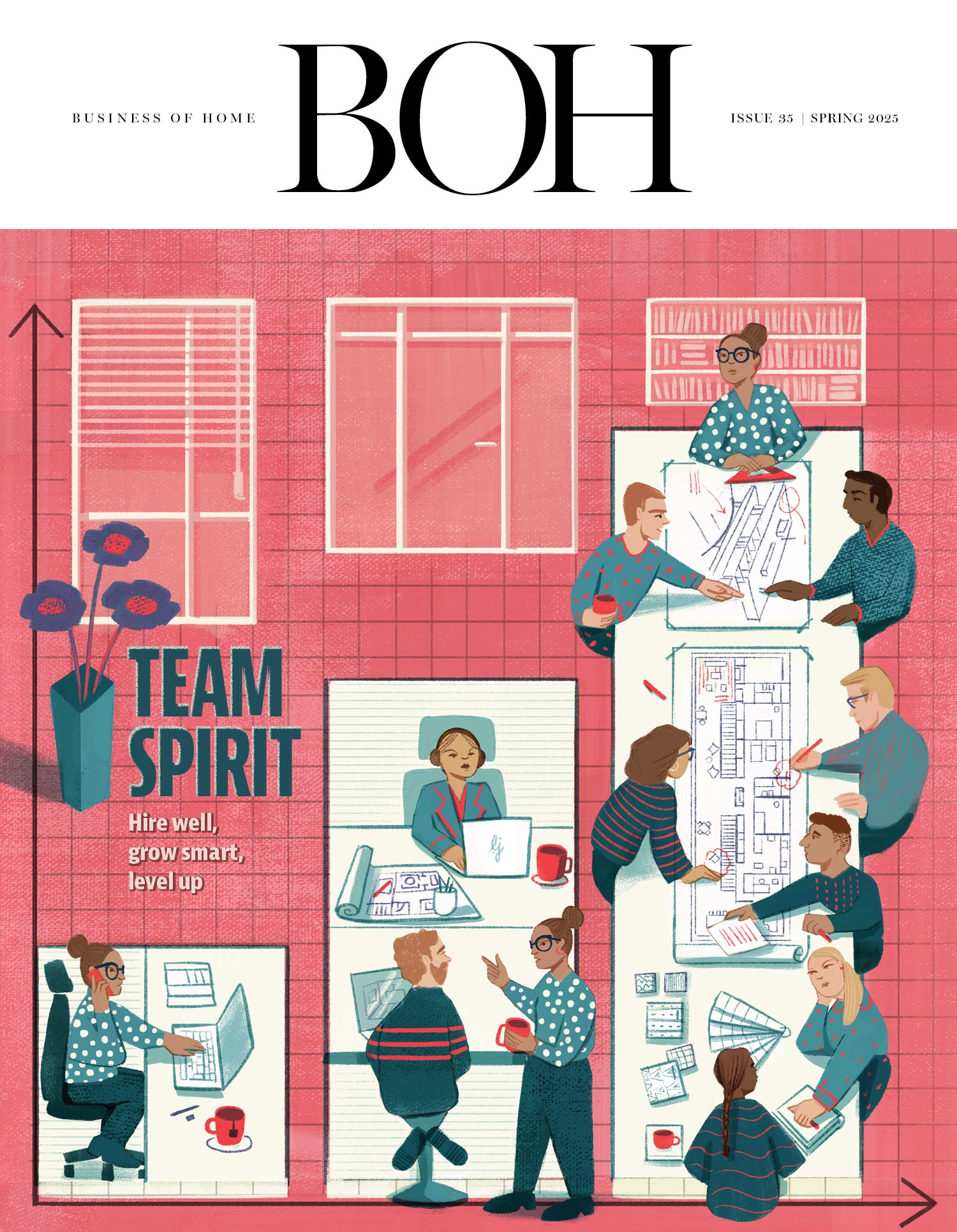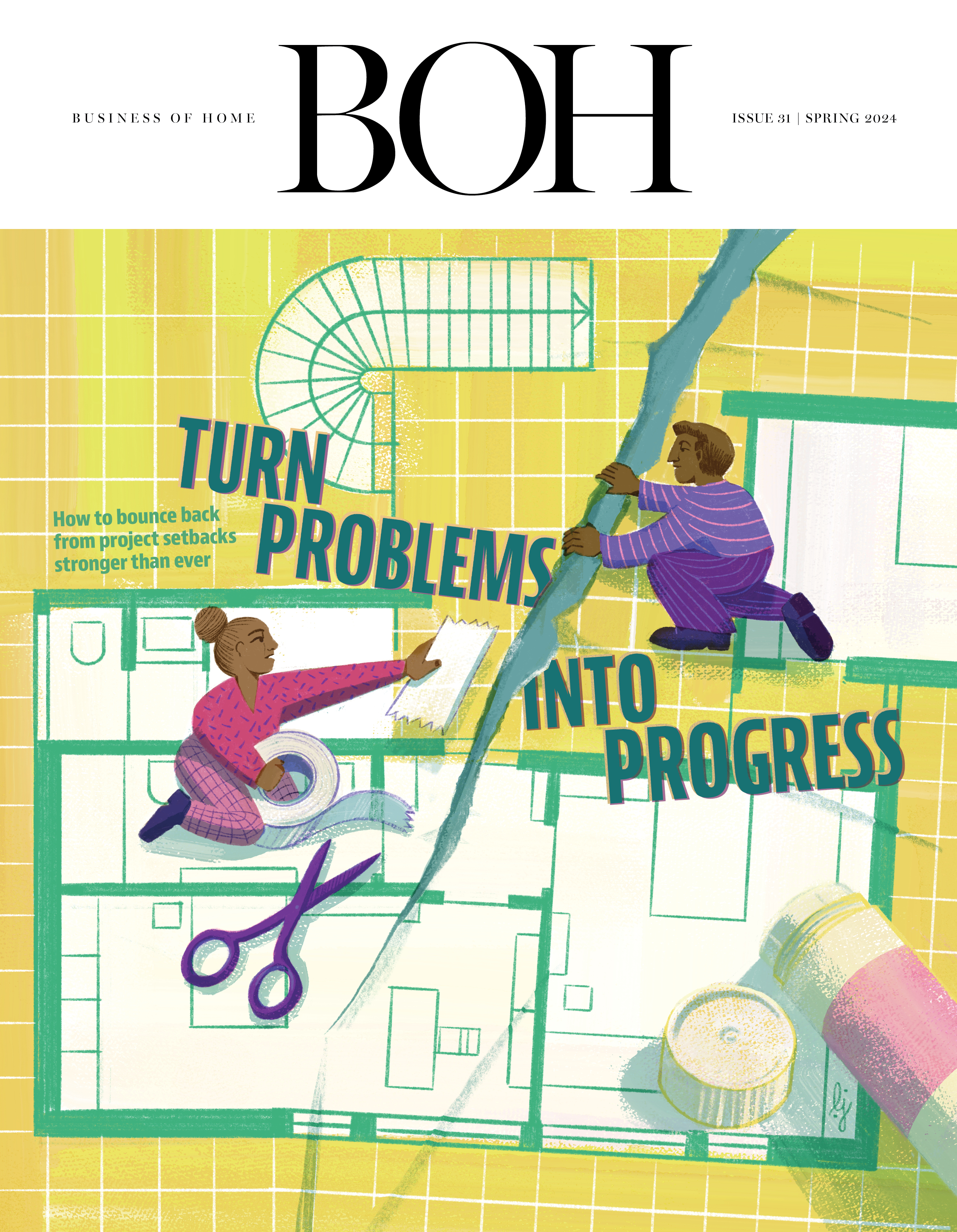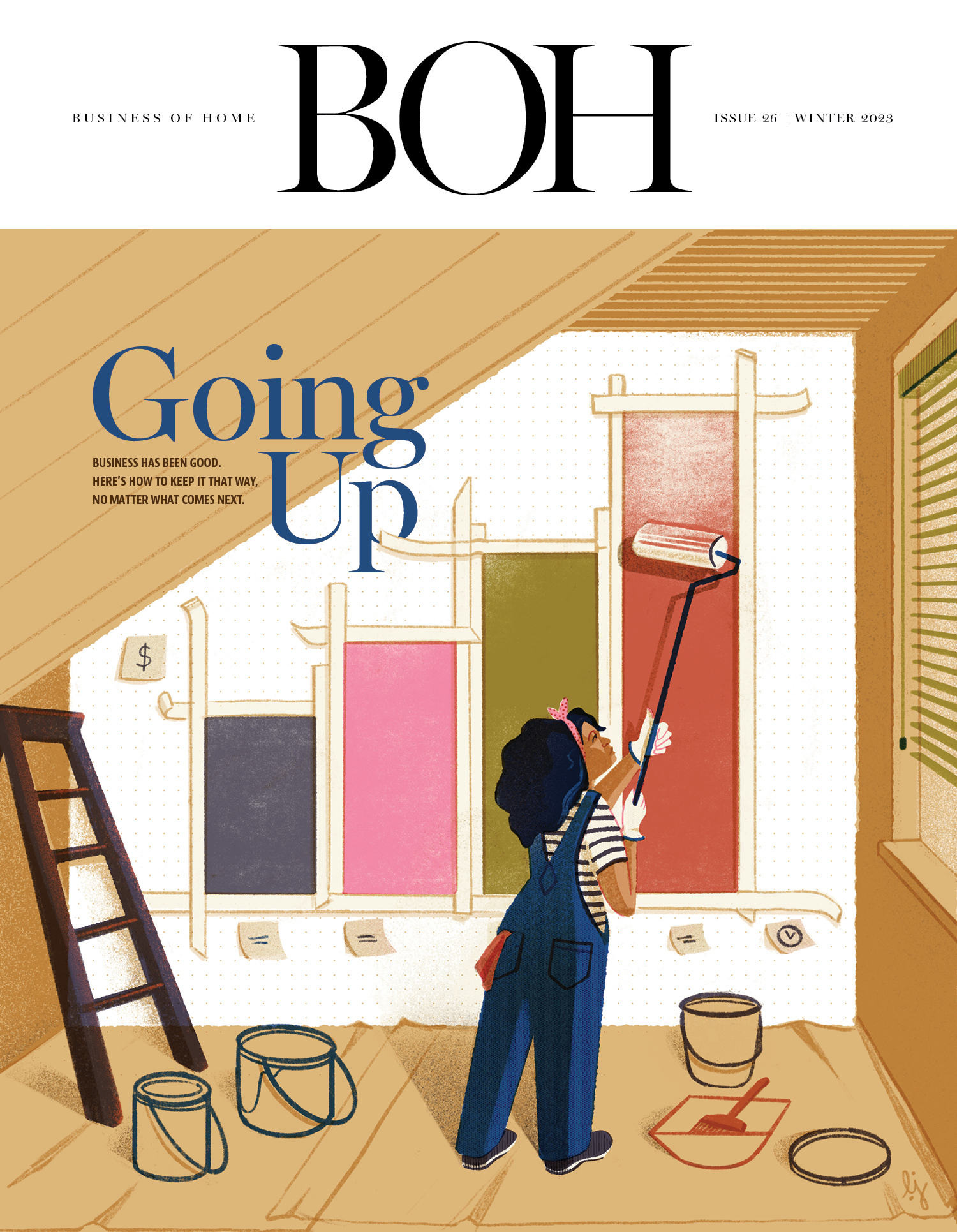This spring, a new trend is sweeping TikTok: videos of creators who claim to sell goods directly from Chinese factories to American doorsteps. Coinciding with President Donald Trump’s ever-changing tariff policies and the ensuing trade war with China, there has been an uptick in this content, mainly on the Chinese-owned social media app TikTok. Creators record themselves walking through factories, claiming that the products they’re selling—including furniture—are the same things you’d buy from well-known retailers, and urging viewers to order goods directly from them to avoid extra costs.
As of this week, the hashtag #chinesefactory has more than 31,000 posts on TikTok and 28,000 posts on Instagram, with some videos garnering millions of views. According to The New York Times, the amount of TikTok videos asking users to purchase directly from Chinese factories increased by almost 250 percent during the week of April 13. The videos purport to give Americans an inside look at what it costs to make items versus what they are sold for, and offers them an opportunity to bypass the middlemen.
That’s the promise. The reality is murkier. In an effort to better understand the phenomenon, Business of Home reached out to numerous TikTok accounts claiming to sell furniture directly from Chinese factories. If an account did respond, they would immediately send a WhatsApp number to continue the conversation. There, we were met with automated responses asking about product wishlists, with no sign of another human on the other end. Some accounts also have sales emails (a couple of which bounced immediately), while others promptly denied a request to comment.
Amid sales pitches for factory-direct goods, you’ll also find American TikTok creators are claiming to have purchased from these Chinese manufacturers. Their posts offer recommendations for accounts to buy from—though most never show proof that they themselves have made a successful purchase.
One lifestyle creator, Ryan Dubs, made a series in which he claims he furnished his home with heavily discounted RH furniture sourced directly from the factory, but he declined to comment for this story. Another TikTokker, fashion and beauty creator Nikki Brooks, has an e-book guide on how to source and purchase goods from China—but declined to comment for this story without compensation. Yet another lifestyle creator who didn’t respond to a request for comment advertises products on her page, Little Life Things, then directs followers to a website where they can purportedly shop RH furniture at a discount. (The site lists RH’s Santos teak chaise for $590, while the brand’s price is $4,370 for non-members—before shipping.)
If the influencers peddling these wares are difficult to pin down and fact-check, the sellers who supposedly have access to the same Chinese factories that manufacture brands like RH and Lululemon are even harder to verify. Both claims reek of potential scams, according to experts. “I think there’s a lot of discussion about the validity. If they are a major source for [RH] products, they probably would be afraid of losing the client, if they really were the actual provider,” says Ivy Yang, the founder of Wavelet Strategy, which specializes in PR and leadership consulting for businesses in the global marketplace.
She points to Lululemon, which recently issued a statement to Forbes aiming to stop the spread of misinformation and scams by unaffiliated factories and TikTok accounts. The company included a list of its suppliers, which included manufacturers in China. Yang has been following this trend for a while—she has noticed it on the Chinese social media app RedNote for years—and has seen sellers dedicated to manufacturing dupes of expensive items. “Some of these creators are probably just really good at replicating and have figured out the little details that will make it look like the real thing,” she says.
Sky Canaves, a principal analyst for retail and e-commerce at the research firm eMarketer, concurs, noting the unlikelihood of a genuine product making it to market in this fashion. “There is a possibility that these could be second-run goods, or goods that are produced in the same factory but fell off the production line, but still they would be unauthorized brand sales,” she says. “Whether it’s from one extreme, a counterfeit good, or just seconds that weren’t accepted by the brand, consumers have to be really cautious about taking any of this at face value.”
While it’s not illegal for a TikTok user to order from a seller, it comes with its own set of challenges. “There would be some pretty substantial logistical hurdles for the average consumer to do so [when navigating] language and payments, as well as customer service,” says Canaves. “What happens if something goes wrong? Who’s responsible for the shipping and tracking and managing that process? Some of these creators came up with lists of websites that U.S. consumers could use to buy products in different categories. A lot of these websites are in Chinese only and are wholesale websites. Some of the links don’t even work.”
Like other flash-in-the-pan social media trends, this may be a movement that’s already waning. The number of videos already seems to have died down somewhat in the last week amid the news of a potential U.S.-China trade deal, but experts warn consumers to remain vigilant when browsing online product outside of proven retail channels. “[When] purchasing things through social media and other third-party vendors, you have to be so careful, because with a lot of these [situations], even if it’s not ‘counterfeit,’ you’re dealing with people who are definitely trying to get in on a buzzed-about topic in the moment,” says Alex Beene, a financial literacy instructor at the University of Tennessee at Martin.
Researching sellers and reading reviews is essential for these types of transactions. According to experts, keeping expectations low is also key. “For the short run, maybe you could get some interesting things overseas,” says Yang. “But whether or not you will receive it and [get] the quality that you expect, I think that is a big question mark.”





























